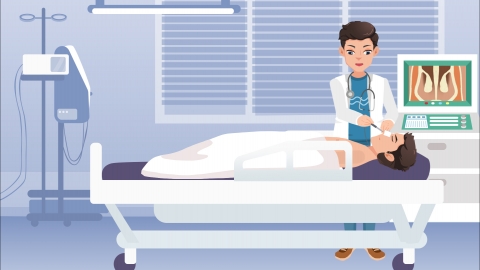Is surgical incision and drainage good for liver abscess?
In general, whether surgical incision and drainage is appropriate for liver abscess should be determined based on a comprehensive assessment of the characteristics of the abscess, the patient's condition, and response to treatment. The specific analysis is as follows:

If the liver abscess is large in size, contains thick pus that is difficult to remove via percutaneous aspiration, or is located in a special position that increases the risk of puncture, and if the patient is in good general health and able to tolerate surgery, then surgical incision and drainage may be the preferred option. Surgery allows direct removal of pus and irrigation of the abscess cavity, enabling rapid control of infection, relief of symptoms such as fever and abdominal pain, prevention of infection spread, and faster recovery.
However, if the liver abscess is small and contains thin pus, effective infection control can usually be achieved through percutaneous drainage combined with antibiotic therapy. Additionally, if the patient is elderly or has severe underlying conditions such as cardiopulmonary diseases or hepatic and renal insufficiency that make them unable to tolerate surgical trauma, surgical incision and drainage would not be the optimal choice. Performing surgery under such circumstances may increase risks such as bleeding and worsening infection, which could hinder patient recovery.
Prior to deciding on a treatment plan, imaging studies should be completed to accurately determine the size and location of the abscess, as well as the patient’s overall health status. During treatment, antibiotics should be administered fully and as prescribed, with regular follow-up evaluations to monitor abscess absorption. Postoperatively, patients should carefully care for the surgical wound, keeping it clean and dry to prevent infection. Nutrition should be balanced, with adequate intake of protein and vitamins to enhance immune function. If symptoms such as recurrent fever, redness, swelling, or pain at the wound site occur, medical attention should be sought immediately.






